Sword Gall the Taoism of the Tao of the Tao | Qunying Gatters of the Outstanding Forum of Thandani Biliary Tumor Tumor
Author:Cancer Channel of the Medical Time:2022.08.30
*For medical professionals for reading reference

Soffinib comprehensively explores the field of biliary tumor research, talk about the new direction of biliary tumor treatment
Biliary malignant tumor (BTC) is famous for its rapid progress and high degree of malignant. BTC mainly includes gallbladder cancer and intrahepatic bile duct cancer once it is diagnosed in the middle and late stages and loses the opportunity of surgery. At present, the treatment of BTC is mainly surgery. Patients who cannot surgery mainly rely on chemotherapy. The patient's prognosis is poor. The overall survival rate of 5 years is less than 5%[1].
For decades, due to the lack of optional schemes and drugs, BTC treatment has been difficult to obtain substantial breakthroughs. In recent years, with the continuous research on the treatment targets and the emergence of targeted drugs, the treatment of BTC has brought new dawn. As a targeted drug, Sovinib has also conducted many explorations and attempts in the field of BTC research in recent years. In this context, in order to enhance the overall level of the treatment of biliary tumors in my country, build a standardized BTC diagnosis and treatment model, and promote the continuous development of the treatment strategy. On August 28, 2022, the "Outstanding Forum of Outstanding Outstanding Forum" led by Huang Medicine was successful in Weihai, Shandong Weihai. Hold. On the same day, many experts in the field of hepatobiliary tumor diagnosis and treatment gathered together to talk about the current status of BTC diagnosis and treatment, sharing clinical diagnosis and treatment cases, progress in the research field, and future exploration direction. The "Medical Community" specially sorted out the wonderful content of the meeting to readers.
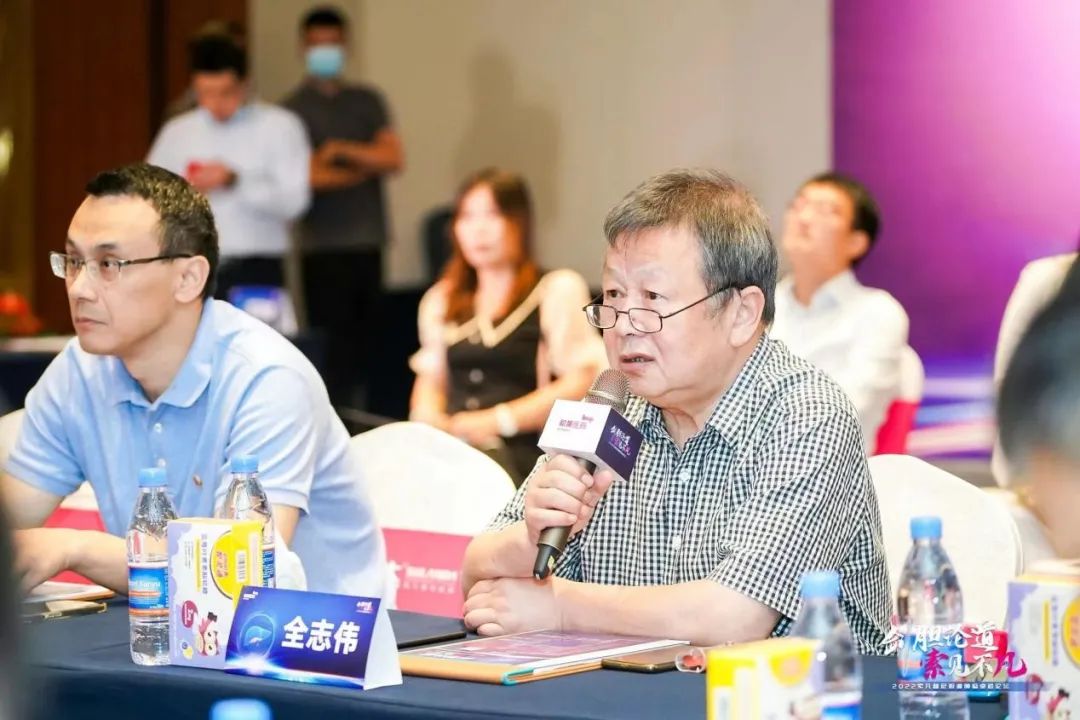
Figure 1 Professor Quan Zhiwei Conference of Xinhua Hospital Affiliated to Shanghai Jiaotong University School of Medicine
The conference specially invited Professor Quan Zhiwei, Affiliated to Xinhua Hospital of Shanghai Jiaotong University School of Medicine, as the chairman of the conference and delivered a opening speech. Professor Quan Zhiwei first thanked the participating experts. At the same time, Professor Quan Zhiwei shared many problems such as surgical patients facing BTC diagnosis and treatment with a surgical clinician perspective from the perspective of a surgeon clinician. In detail the application strategies and prospects, clinical practice experience, and future joint treatment plans of Sovinib. Professor Quan Zhiwei said that the convening of this meeting will further deepen the learning and exchanges of experts and scholars in the field of BTC diagnosis and treatment. I look forward to the clinical "practitioners" who are involved in the diagnosis and treatment of biliary tumors. More standardized BTC diagnosis and treatment plan.

Figure 2 conference scene
01
Huazhang opens- ——
Soffinib's exploration on BTC
The first chapter of the conference was chaired by Professor Liu Houbao from Zhongshan Hospital affiliated to Fudan University. Topics such as the exploration of intrahepatic bile duct cancer product pipelines and Soffininib after BTC were listed.

Figure 3 Professor Liu Houbao of Zhongshan Hospital affiliated to Fudan University chaired the meeting
Mr. Ma Xuchun, Vice President of the Huang Medicine Cancer Business Department, introduced the research and development process of Sovinib and the development of the company. He said that He Huang Medicine is a biomedical company based on China, facing the world, and dedicated to innovative drugs. At present, the three targeted drugs, the three targeted drugs of Santinib, Sovinib and Savininib have been listed in China. Among them, Sovinni, the world's first and only innovative targeting medicine in the world, has been approved in China and included in medical insurance in China. It is hoped that Thorfinib will conduct more in -depth exploration in BTC treatment to benefit more Chinese cancer patients.
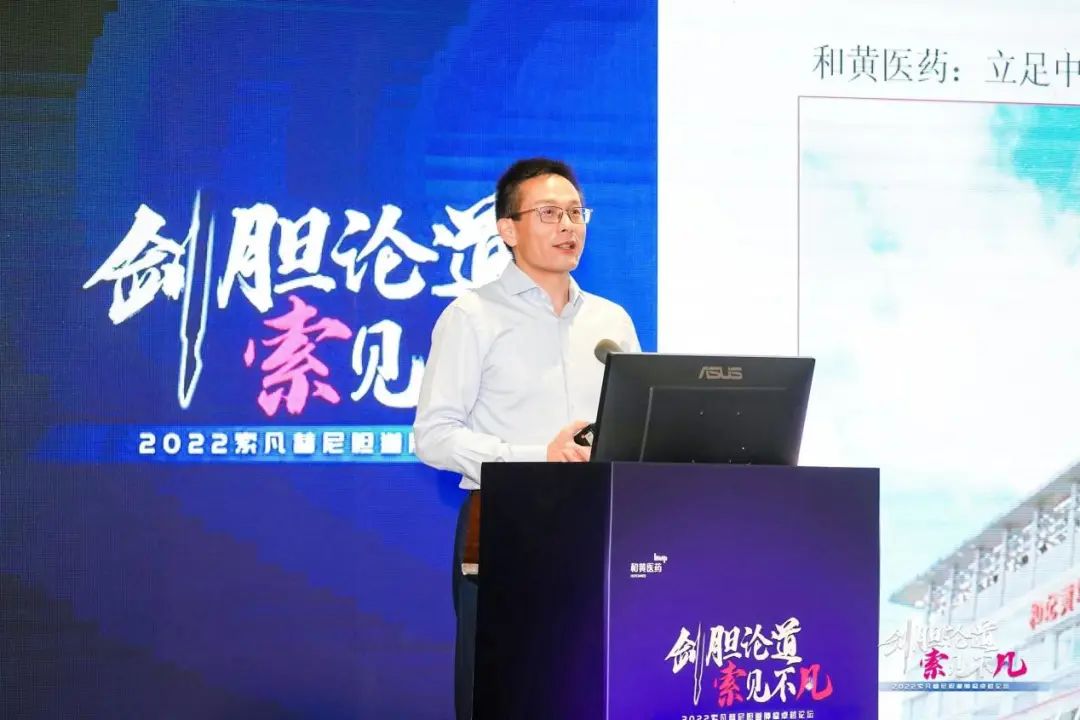
Figure 4 and Vice President of Huang Medicine Cancer Business Department, Mr. Ma Xuchun, spoke
Ms. Fan Songhua, vice president of clinical development of Yellow Medicine, explained in detail the drug research and development and product pipelines of the yellow pipeline and intrahepatic bile duct cancer. She said that Soffinib is a targeted drug with double mechanisms with anti -vascular generation and immune regulation. In the exploration of BTC treatment, a comprehensive research layout has been carried out in the field of perpromin, first -tier and second -line therapy. In a small sample research data for China BTC second -line therapy, Sovy Nigibi drugs have demonstrated better clinical efficacy and predictable tolerance and safety in the field of irregular or metastatic BTC treatment [2 ]. At the same time, three products, including Sofanni, including Sofoni, are actively conducting more related research and development, aiming to provide better and better innovative treatment for more BTC patients.
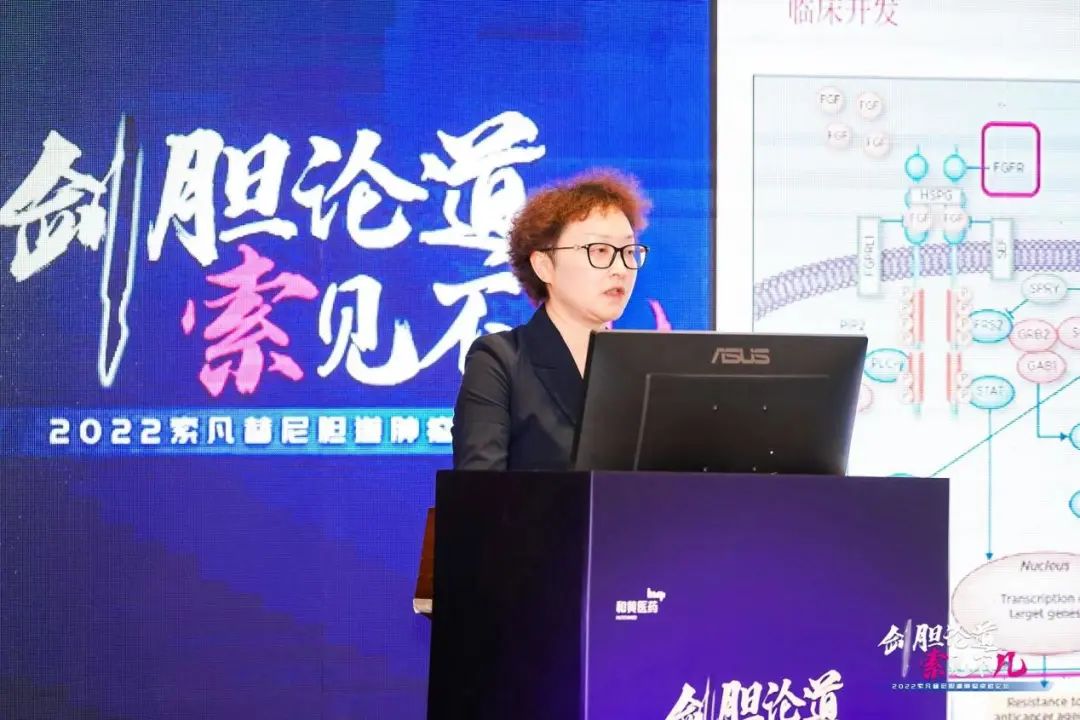
Figure 5 Ms. Fan Songhua, Vice President of the Clinical Development of Huang Medicine Speaking
Ms. Shen Hongyan, manager of the Medical Department of Huang Medicine Market, conducted a related interpretation of Soffinini exploration after the listing of biliary tumors. She said that at present, chemotherapy is still recommended for the first -line treatment of BTC. Preparatory treatment and first -line and second -line therapy. Patient's drug choice is very small. Sex data, pushing it to be approved to be listed. As for the road to listing in Sovini, Ms. Shen Hongyan said: "If a product compares a product to an aircraft, the registration research is like a runway. Bring more benefits. "
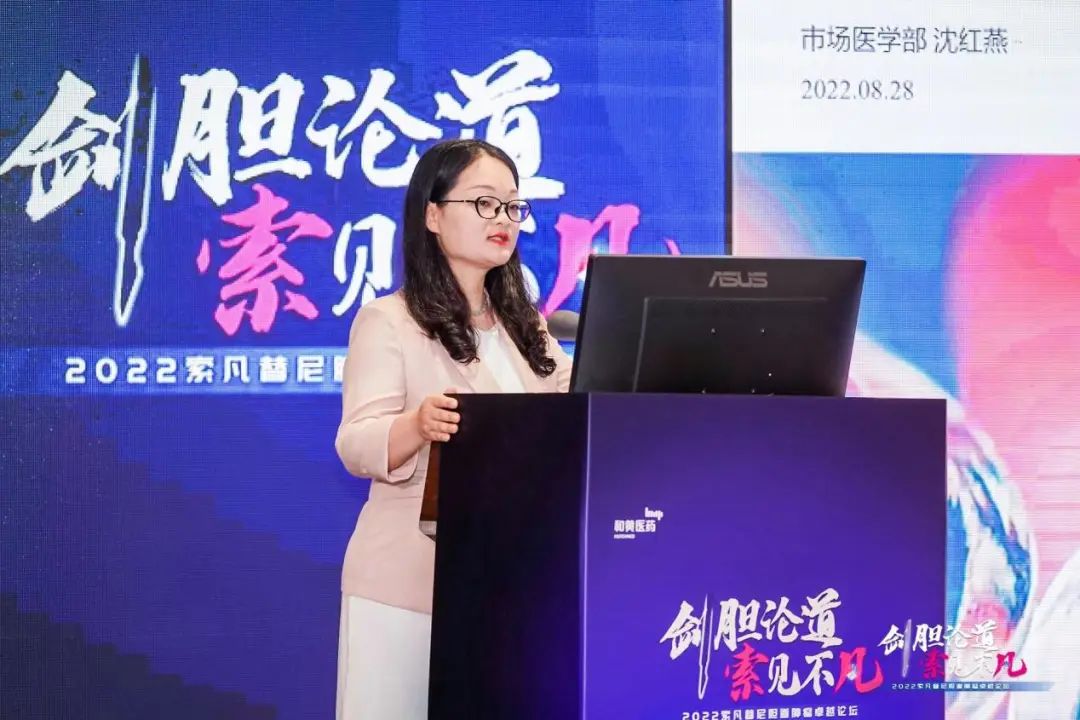
Figure 6 and the manager of the medical department of Huang Medicine Market Ms. Shen Hongyan gave a keynote speech
Subsequently, under the auspices of Professor Wang Jianming, Tongji Hospital affiliated to the Tongji Medical College of Huazhong University of Science and Technology and Professor Zhang Yongjie of Shanghai Oriental Hepatobiliary Surgery Hospital, the meeting opened an academic discussion link. During the period, Professor Gong Wei from Xinhua Hospital affiliated to the School of Medicine of Shanghai Jiaotong University shared the exploration and thinking of drug treatment during BTC perioperative surgery. In addition, many online and offline clinical first -tier doctors have shared wonderful diagnosis and treatment cases. More than ten fields of big coffees have been commented, the content is detailed and exciting. Figure 7 Professor Wang Jianming, Affiliated to Tongji Medical College of Huazhong University of Science and Technology, presided over the meeting

Figure 8 Professor Zhang Yongjie, Shanghai Oriental Hepatobiliary Surgery Hospital chaired the meeting
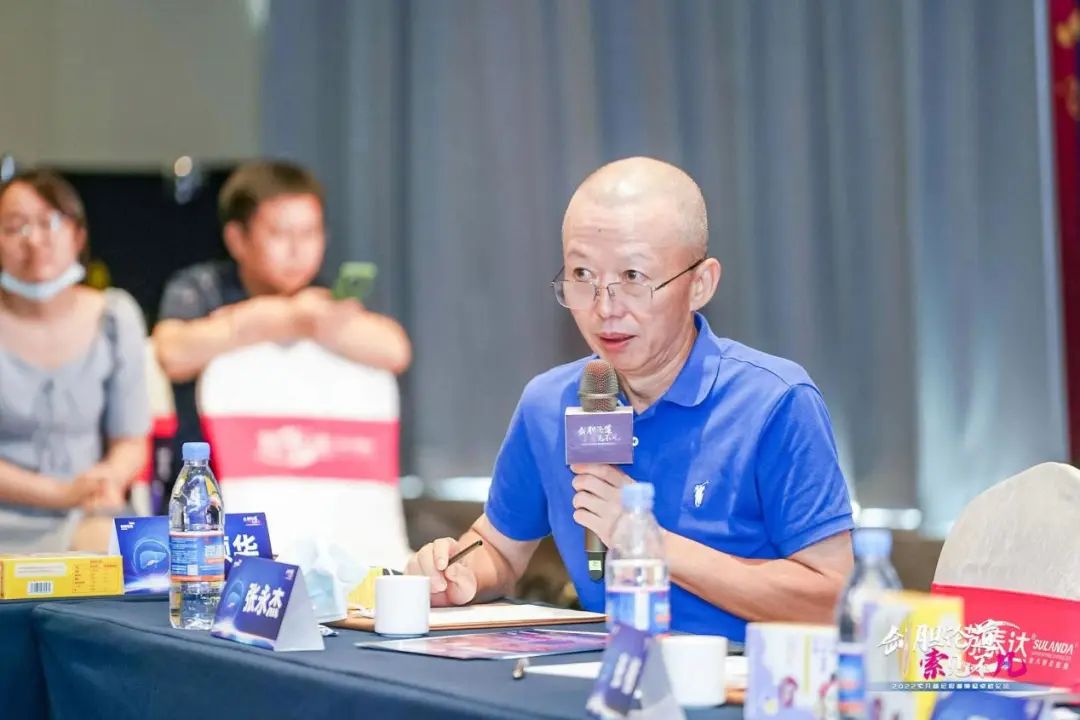
02
The dawn first appeared-
The new plan before surgery brings new hope to patients
Regarding the exploration and thinking of the treatment of drugs during the surgical surgery, Professor Gong Wei, Xinhua Hospital affiliated to Shanghai Jiaotong University Medical College, brought us his opinions and thinking. He said that as a biliary surgeon, the treatment methods of internal liver, outer biliary cancer and gallbladder cancer are different. The characteristic of BTC is that the onset is more hidden. At present, the operation is still the only hope for cure, but most patients have no chance of surgery at present. At the same time, the benefit of the survival of BTC is actually limited. Now I am also learning the idea of pancreatic cancer and do some transformation. For the exploration of neo -assisted treatment, there is currently no support support for research results. The following cases are the exploration of clinical practice.
(Note: The following cases are simply reviewing and reviewing the condition of only relevant attending doctors in the process of practice for doctors' readers scientifically exchanged and reference. Individual cases are usually different. Strictly follow the doctor's order.)
During the sharing process, Professor Gong Wei brought us a case of recurrence to second -line treatment after the gallbladder cancer surgery. After the 4 -cycle AG scheme (white protein binding paclitaxel+Jesitabine 21 d/cycle) chemotherapy, the image, the image, the image, the image, the image, the image, the image, the image, the image, the image, the image, the image, the image, the image, the image, the image, the image, the image, the image, the image, the image, the image, the image, the image, the image, the image, the image, the image, the image, and the image. The study assessment is partially alleviated, and there is a possibility of R0 resection. The postoperative pathology examination prompts are completely relieved [3], and there are currently 6 months of follow -up. Professor Gong Wei said in the future exploration direction of BTC that it will be based on the possibility of evaluating the patient's surgery and whether the postoperative benefits will be benefited, and it will pay more attention to individualized therapy based on genetic characteristics. Through new treatment models such as chemotherapy, combined targeting or immunotherapy, they will fight for the opportunity of surgery for patients, realize the downgrade and downgrade of the tumor, and bring better survival benefits to patients.
Figure 9 Professor Gong Wei of Xinhua Hospital affiliated to Shanghai Jiaotong University School of Medicine sharing cases
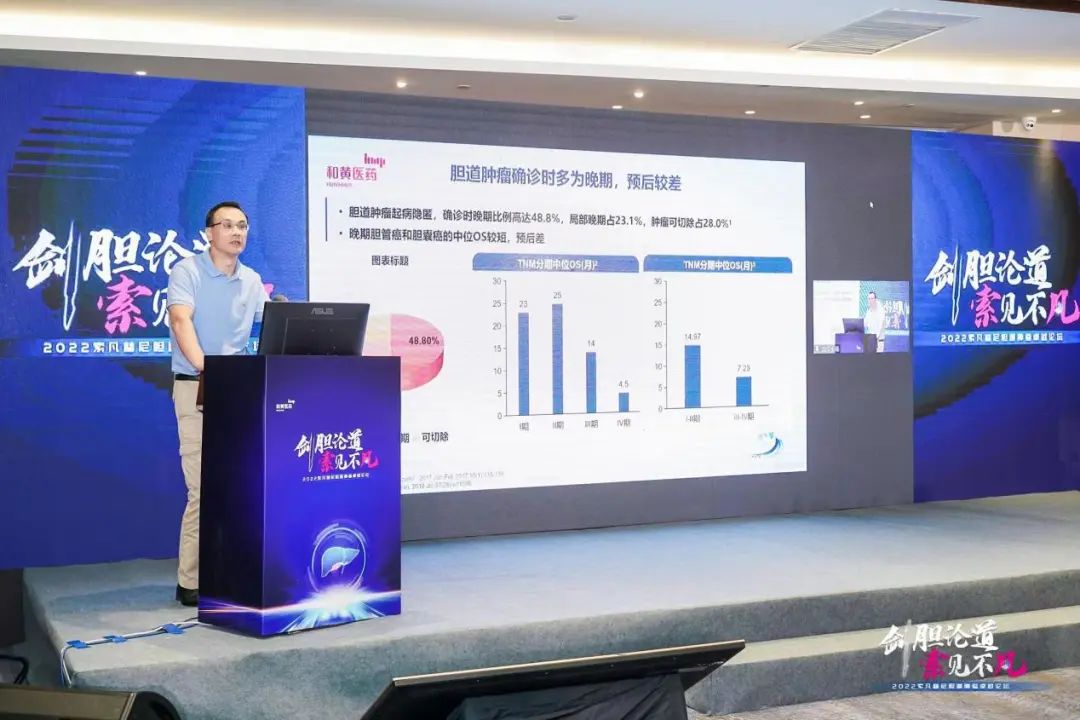
03
Practice true knowledge-
Target -free treatment brings a significant PFS benefit to the patient
Dr. Wei Miaoyan from Fudan University Affiliated Cancer Hospital shared two cases of clinical cases: one is the patients with gallbladder cancer in the tumor in the tumor after palliative resection. Due to the poor efficacy and high side response of chemotherapy, the family members of the patient's family refused the front line after the surgery. Standardized chemotherapy plan, the clinical study of Sofiibinib in the group with Tripley Monici, the tumor logo dropped to normal after the treatment of 5 treatment. Single drug maintenance is later given, the tumor is currently stable, and the patient's no progressive survival (PFS) has been in the first -tier treatment patients for more than two years, and it is still in follow -up.
Another example is the young male patients with gallbladder papillary gland cancer with post -lymph nodes metastasis. The postoperative pathological staging is PT3NXM1. Patients received 8 cycles of local radiotherapy after surgery. Imaging evaluation of post -lymph nodes increased in the imaging, suggesting that the progress of the disease (PD). Patients were evaluated and joined the group Sofininib in combined with Toripley Mipidum. After combined treatment, the patient received 16 months of PFS, which was later arranged due to abnormal thyroid dysfunction and other chemotherapy schemes were performed.
The above two classic clinical diagnosis and treatment cases have brought us gratifying treatment effects. At the same time, we can see many cases of currently entering the group. The response rate is high, the tumor is stable and controllable, and the patient's overall tolerance is good. At the same time, the patient's quality of life is guaranteed and the overall benefits are benefited.
Professor Deng Xiaxing from Shanghai Jiaotong University School of Medicine's School of Medicine commented on the above diagnosis cases. He said that the diagnosis and treatment case brought by Professor Gong Wei shared wonderful sharing before surgery. At the same time, it shows that internal and surgical integration is a new trend of tumor diagnosis and treatment. Internal surgery of tumor therapy is independent, and the current tumor treatment needs to allow surgeons to no longer only do surgical treatment, but also focus on anti -tumor treatment of the whole body. The multi -disciplinary team's diagnosis and treatment model (MDT) conducts systemic periodic management of patients, which will undoubtedly better track the patient's efficacy, give timely treatment help, and benefit patients.
Professor Li Xiangcheng, the First Affiliated Hospital of Nanjing Medical University, said: "At present, the first-line treatment of BTC is still chemotherapy as the cornerstone, but the curative effect is unsatisfactory. Immunotherapy has not been recommended by the guide. -1 The key result of [4] reached the main end point. In the first treatment of advanced biliary cancer, compared with simple chemotherapy schemes, Du Liyabi combined with chemotherapy is statistically significant The improvement of clinical significance. Today, the efficacy and safety of Sovininib in the second -tier treatment of BTC's second -line therapy are very pleased. In the future, I hope that under the leadership of Professor Quanzhi More explorations are carried out in the field. "Professor Geng Zhimin of the First Affiliated Hospital of Xi'an Jiaotong University conducted a wonderful interpretation of the mechanism of the combined treatment mechanism of Sovinibinib. He said that the new generation of tyrosine kinase inhibitors (TKI), a new generation of tyrosine kinase inhibitors (TKI), which can be used as a unique immune activation effect. Points, inhibit the production of new blood vessels. At the same time, Soffinib and PD1 are united. By regulating the immune micro -environment, the body's response to tumor cells can be promoted, and the mechanism can play a collaborative role. It is also the theoretical basis for the exploration of Sovininib combined with immunotherapy in the field of BTC treatment.
Professor Hong Defei, a affiliated to Zhejiang University Medical College, shared the progress of the BTC diagnosis and treatment field. He said that the treatment of "systemic" and "individualization" at the same time "accurate" the treatment of BTC patients can achieve better curative effects. At the same time, before surgical treatment of BTC patients, it is necessary to consider how to take into account the quality of life of patients while extending the survival of patients. Removal lesion is only a means of surgical treatment, and its purpose is the ultimate benefit of the patient's survival to ensure that the patient lives longer and lives better.
Professor Zeng Yongyi, Meng Chao Balcony Hospital of Fujian Medical University, also shared the current BTC's medication strategy and treatment difficulties. He emphasized that it is not difficult to see from the above diagnosis and treatment sharing that Soffinib combined with PD-1 inhibitor brings new hope to the current BTC patients. The current clinical research and experimental data are also the ice -breaking journey for BTC treatment. Looking forward to more, better large -scale clinical research data will bring new choices for patients.
Figure 10 Experts review and discuss based on case analysis (slide left and right to view)
Subsequently, Professor Sun Junwei of Hubei Cancer Hospital brought two cases of actual clinical cases to share and reflection: The first case was to consider patients with intrahepatic biliary tube cancer with multiple metastasis of the liver. The patient had undergone surgery in advance. The post -diagnosis team determines the auxiliary treatment plan based on the pathological results. Postoperative pathological tips: Low and medium differentiation bile duct cell carcinoma, positive surgical cutting edge, suggesting patients with poor prognosis with high risk of recurrence of high risk. Follow-up formula for patients to formulate a chemotherapy scheme of Gascotabin+Cisplatin. At the same time, the patient's high recurrence risk and tolerance are considered, and the patient uses Sovininib combined with PD-1 immunotherapy. At present, it has reached 14 months of PFS and continued Follow -up.
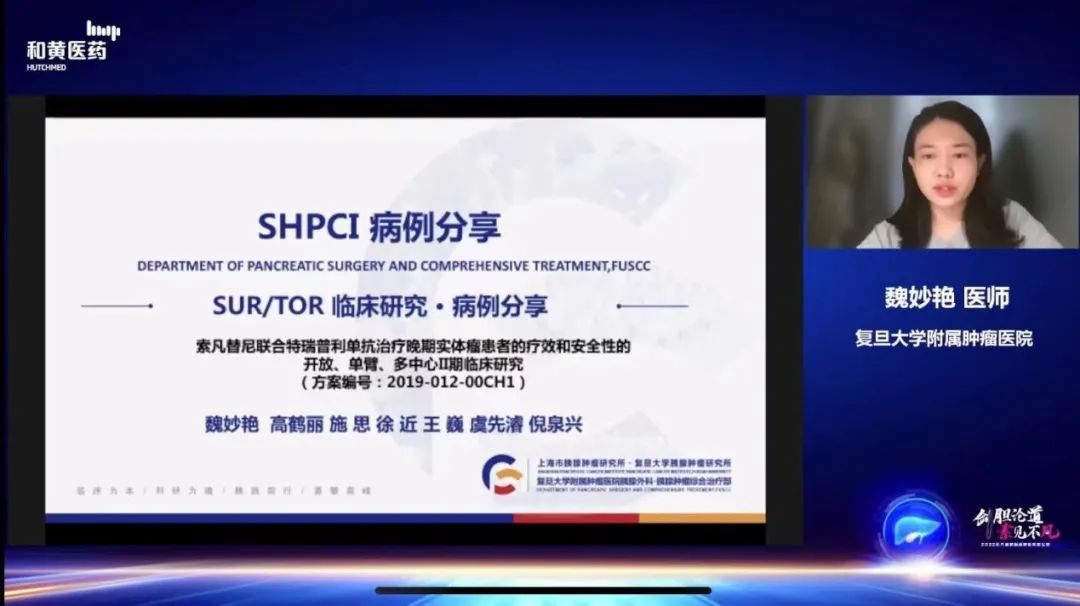
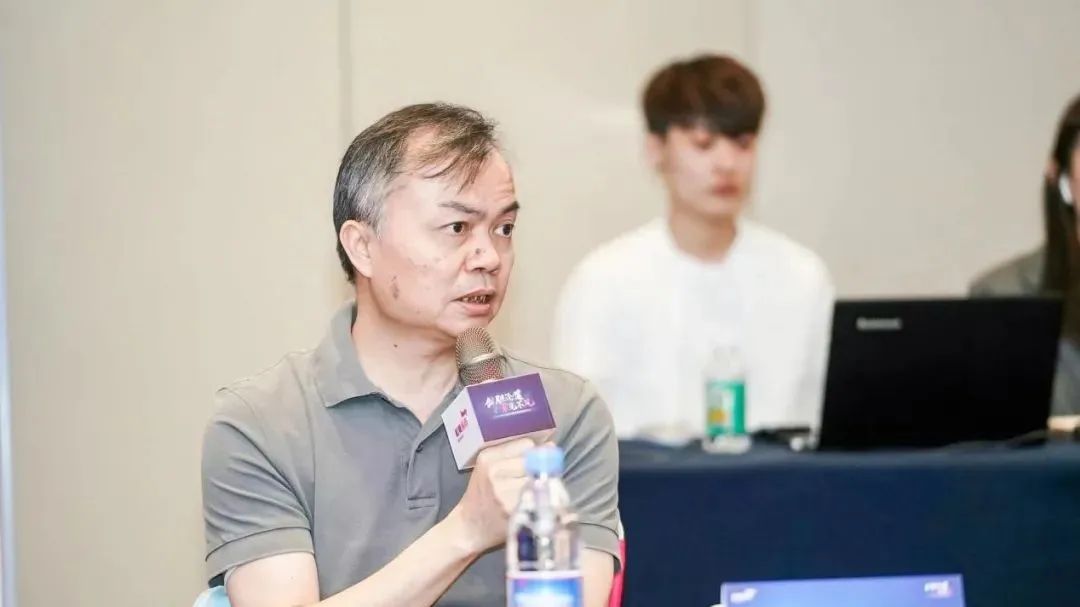
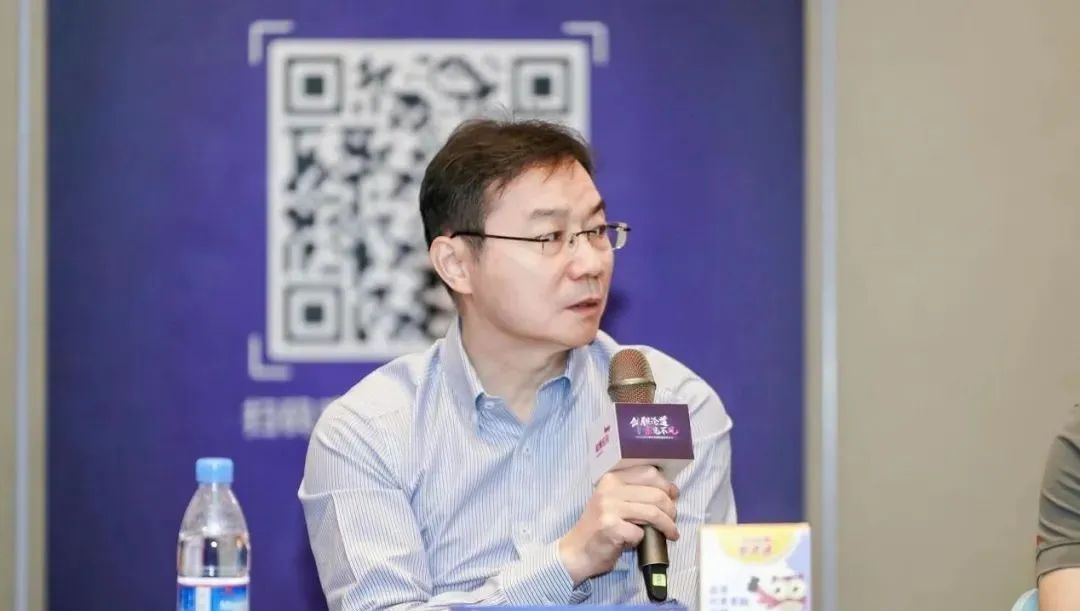
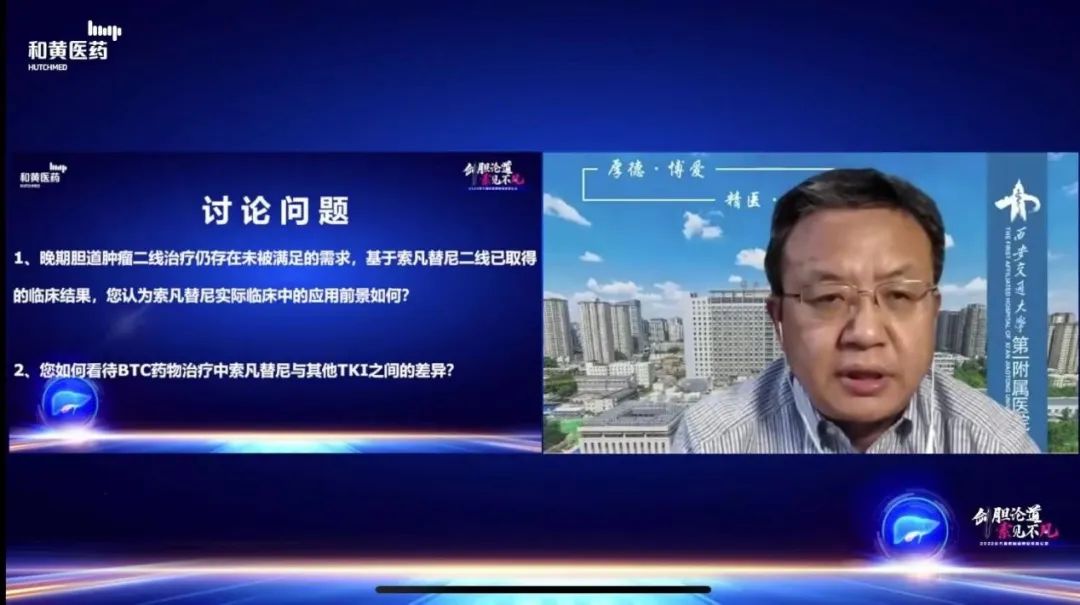
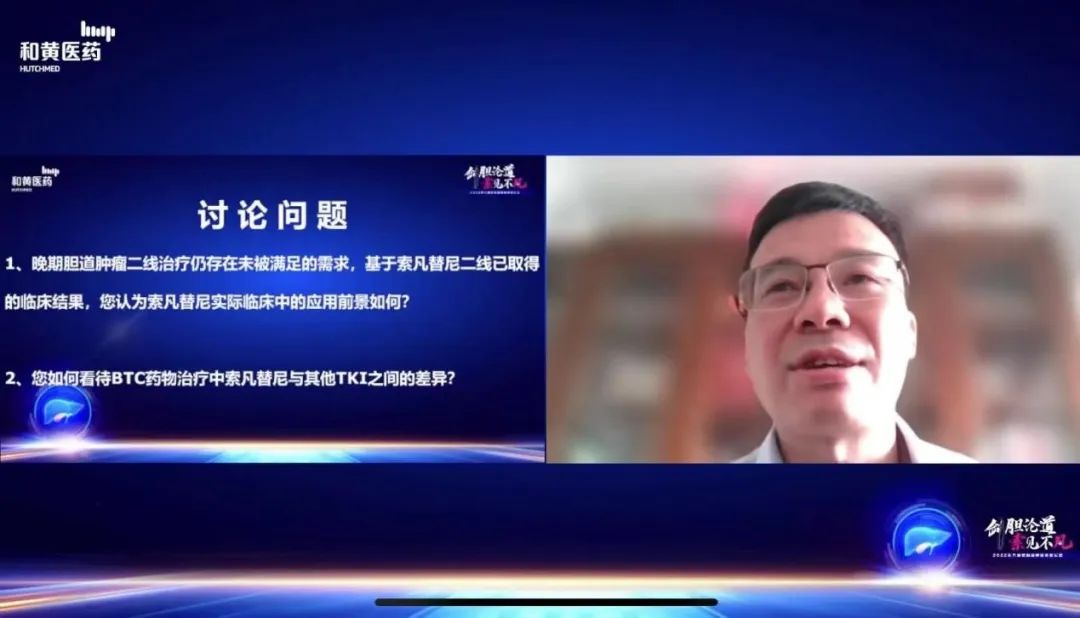
The second patient is a patient after the gallbladder cancer surgery of the outer hospital. After the surgery, the CA199 is raised, and the auxiliary therapy of the 4-cycles Lenndinib+PD-1 combined with Geshalibal+Osarina Platinum. In conjunction with the patient history of the patient, considering that the secondary surgery did not benefit much. After the comprehensive discussion, the treatment of the patient's PD-1 treatment for the patient. At present, the patient's disease is stable and the drug tolerance is good.
Professor Li Xiaoli from Xiangya Hospital of Central South University also brings us a wonderful case. This case is a possible patient with bile duct cancer of the hepatic gates and the metastasis of the lacciology of the hepatic peritoneum. Together, the operation has extremely difficult and challenges. After comprehensive consideration, it was transformed in the early stage of the operation. The subsequent surgery was successful. The targeted therapy of Sovininib was performed after surgery. The current patients have good tolerance and no serious adverse reactions.
Professor Cheng Zhangjun, Affiliated to Southeast University, commented on the above three cases: According to the sharing of the above wonderful cases, patients have a good benefit after receiving the auxiliary treatment of Sovininib and PD-1. The emergence also solves the preferred dilemma of BTC's first -line treatment. The application of subsequent targeting and immunotherapy in BTC will be very useful. Regarding the wonderful cases brought by Professor Li Xiaoli, seeing the pre -surgery transformation achieved the tumor's deadline, and also brought good benefits to the patient's prognosis.
Professor Sun Yuling, the First Affiliated Hospital of Zhengzhou University, combined with the comprehensive treatment of the above three wonderful cases, talked about the heterogeneity of the tumor and then looked forward to the future diagnosis and treatment direction of BTC. Among them, the heterogeneity of tumors is like human beings have different division of labor in society, and tumor cells will have different division of labor. Therefore, the treatment of tumors must consider the heterogeneity of tumors, and comprehensive treatment such as chemotherapy, targeted therapy and immunotherapy can fundamentally cure tumor. In addition, the early transformation treatment showed by Professor Li Xiaoli, the successful cases of chemotherapy combined with chemotherapy and targeted therapy can bring good prognosis to patients, and can also give us subsequent research directions for reference.
Professor Li Jingdong of the Affiliated Hospital of Kuanbei Medical College also shared his views on the above cases. He said that the successful transformation treatment introduced by Professor Li Xiaoli later provided a real world diagnosis and treatment case for surgical opportunities for the surgical opportunities of the liver door, which was of great significance to the current clinical guidance, and looked forward to the support of subsequent large -scale clinical research data. Professor Lou Jianying, the Second Affiliated Hospital of Zhejiang University Medical College, summarized the above treatment cases. He said: "The treatment of bile duct cancer in the liver is different in principle. For Dr. Sun Junwei's first case surgery+Soffininib combined with PD-1 combined with the efficacy of intrahepatic bile duct cancer, it is The second case was treated with Soffinib combined with PD-1 treatment in the second-line treatment of BTC. The transformation of Professor Li Xiaoli was very successful, and it was also a successful surgery and good prognosis for patients. Pay the way. "Finally, for the current use of Sovotinib, Professor Lou Jianying said that at present, more targeted genetic testing and screening beneficiaries are still needed, and the targets approved are required. Treatment.
Professor Gong Liansheng of Xiangya Hospital of Central South University and Professor Li Fuyu of Huaxi Hospital of Sichuan University also said that they have benefited a lot from the treatment of the above cases and the reviews of other professors. For the treatment of BTC, we will fully exchang and display successful cases, explore and discover some common problems, and put forward constructive opinions. Jointly formulating a relatively unified standard will undoubtedly help the overall improvement of the diagnosis and treatment level. At the same time, with the emergence of targeted drugs and new detection technology represented by Sovininib to bring new changes to the treatment of BTC, the future of BTC will also further move towards the era of targeted and immunotherapy.
Figure 11 Experts discuss and look forward to the case analysis (slide left and right to view)
04
The future is available--
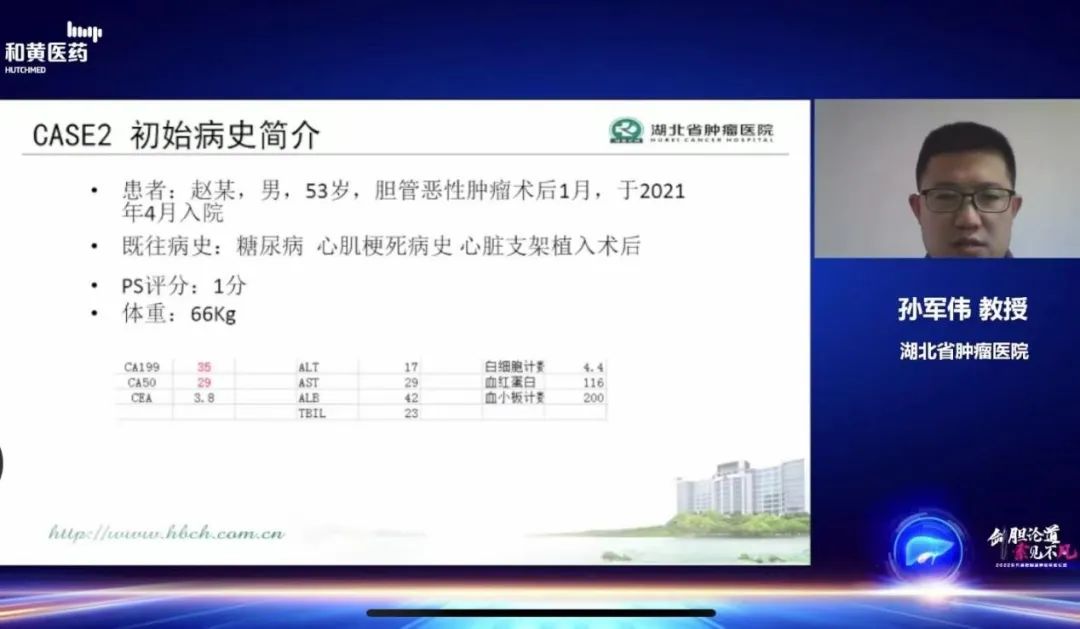
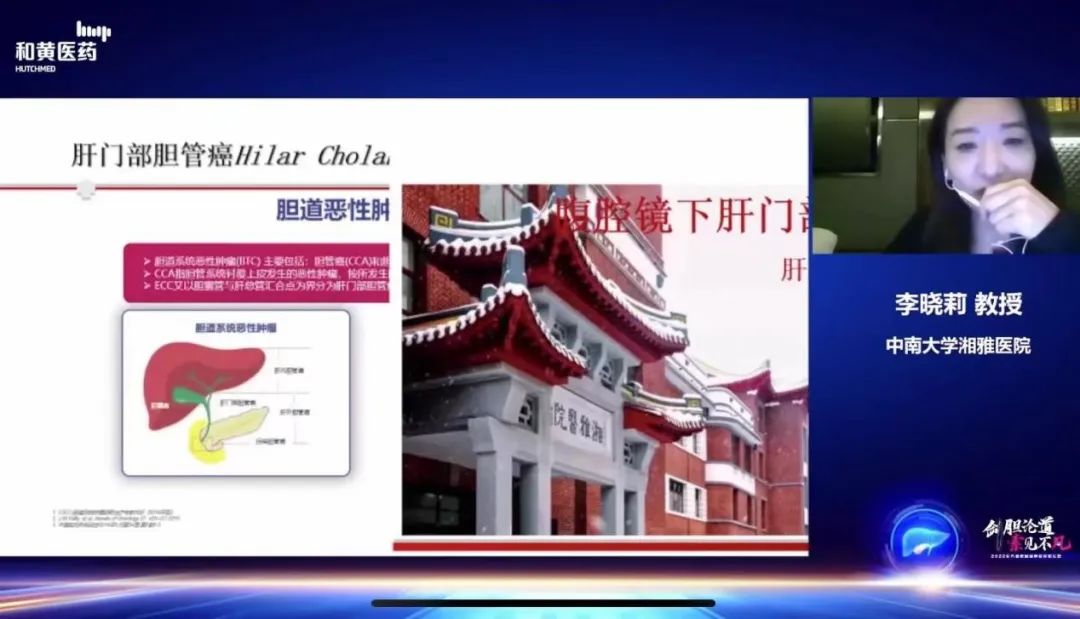
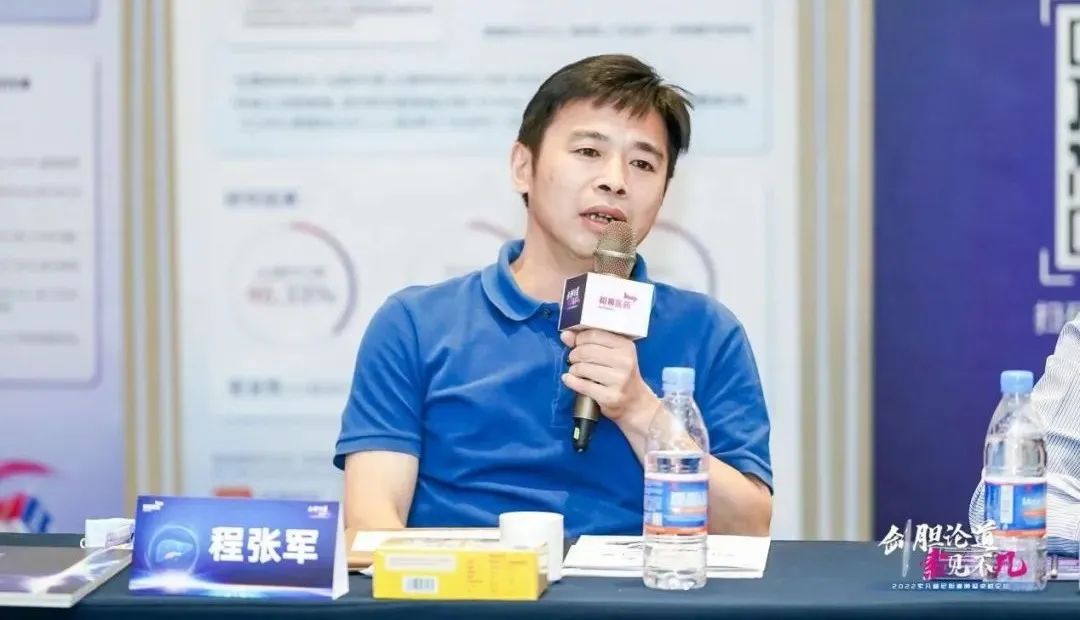
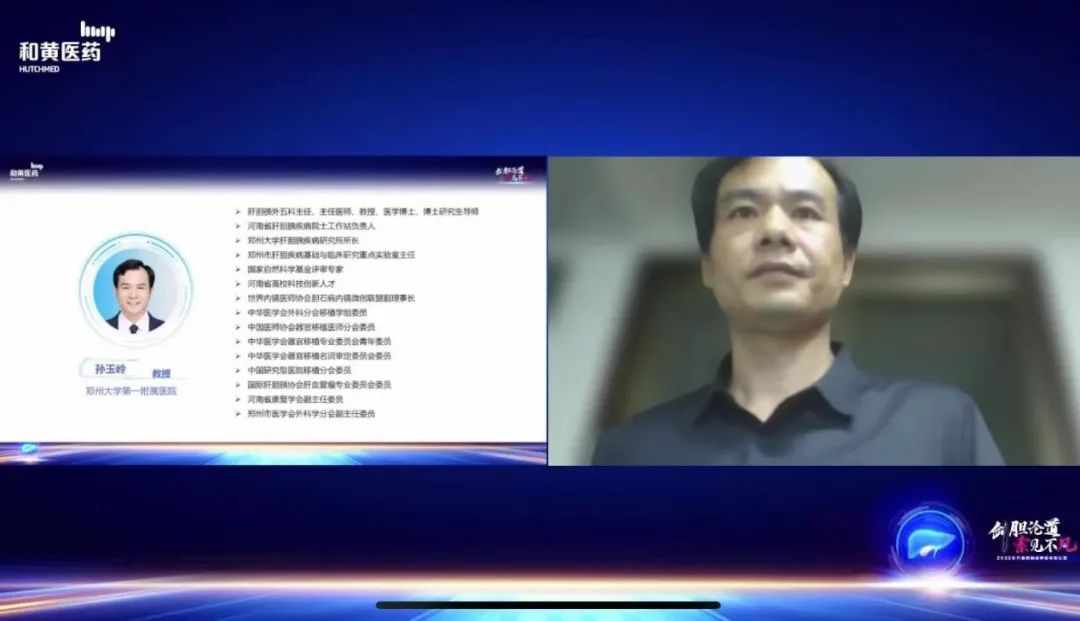

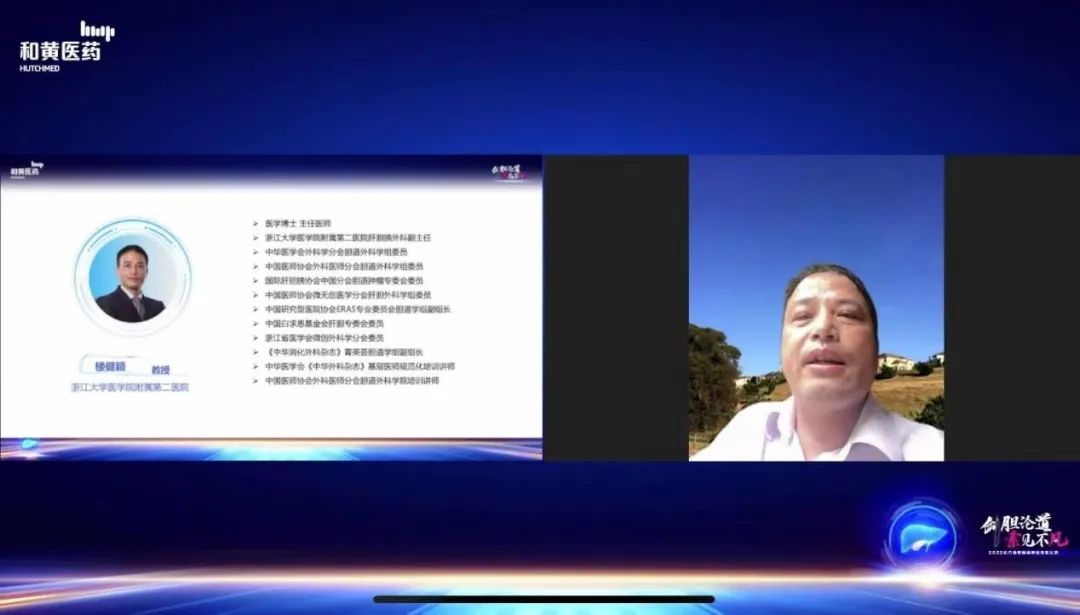
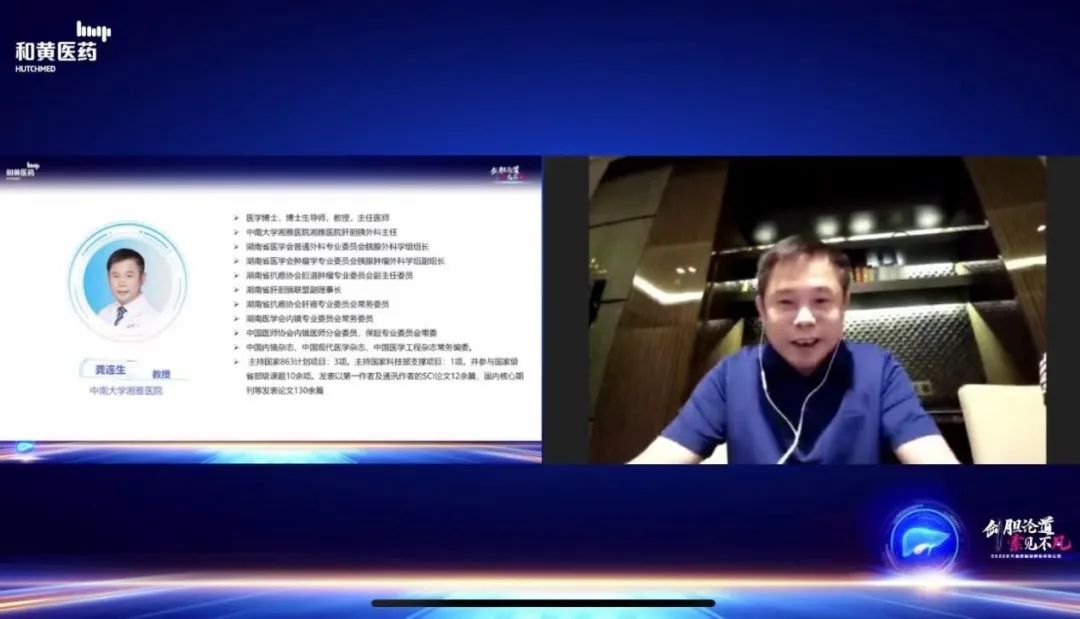
Look forward to the new direction of the development of Sovininib
At the end of the conference, Professor Quan Zhiwei of the conference summarized the words and he said that first of all, he would like to thank all the participating experts and staff on the line and offline. Essence It is hoped that the successful convening of this conference can promote the in -depth discussion and experience sharing of BTC diagnosis and treatment across the country, and provide constructive guidance for the establishment of a more standardized, personalized, and precise BTC diagnosis and treatment pattern. At the same time, the targeted drugs represented by Sovininib pointed out the advanced direction of the next step in the BTC diagnosis and treatment path and clinical research exploration, and brought more benefits to the wider BTC patients as soon as possible.
Figure 12 Experts at the Conference
references:
[1] .csco bile tumor expert committee. CSCO biliary system tumor diagnosis therapy expert consensus (2019 edition) [J] clinical oncology magazine, 2019, 24 (9): 828-838
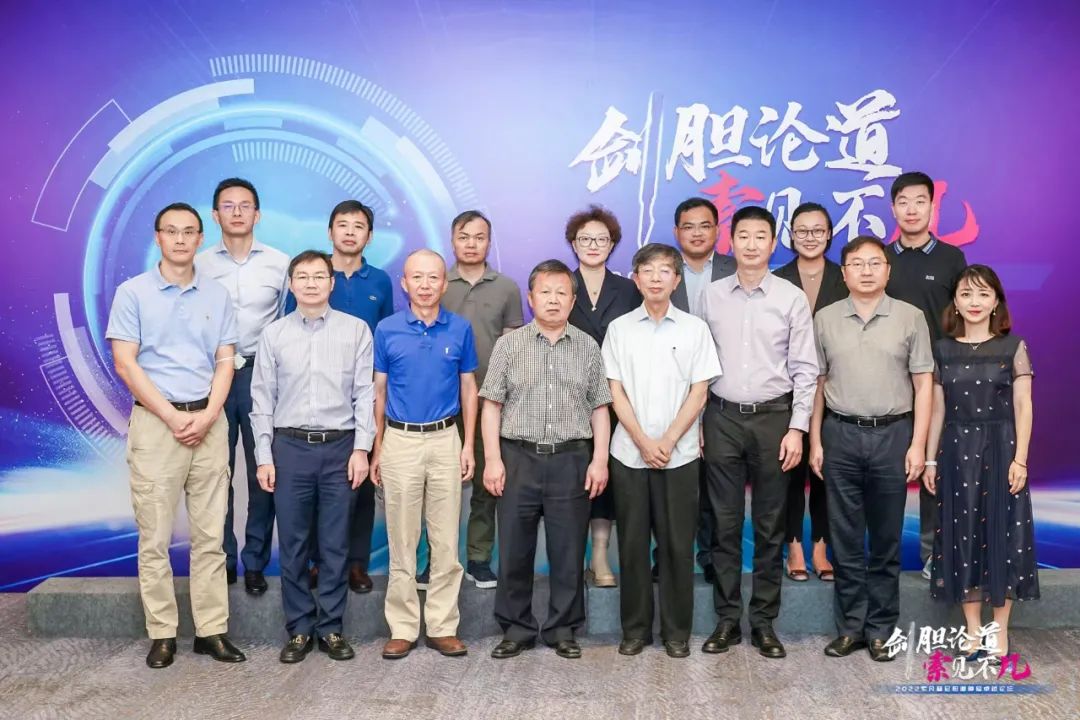
[2] .xu j, bai y, sun h, et al. A single-erm, multicenter, Open-Label Phase 2 trial of Surufatinib in Patients with unresectable or metastatic bilily. Cancer. 2021 nov 1 ( ): 3975-3984.
[3]. Wu Xiangsong, Yang Ziyi, Gong Wei. Based on the evidence -based medical model, the recurrence of gallbladder cancer after recurrence and conversion treatment of the gallbladder cancer is reported and reviewed by R0 after recurrence and transformation. 306-309,319.
[4].A phase 3 randomized, double-blind, placebo-controlled study of durvalumab in combination with gemcitabine plus cisplatin (GemCis) in patients (pts) with advanced biliary tract cancer (BTC): TOPAZ-1. 2022 ASCO GI. Abstract 378.
This information aims to promote the communication and exchanges of medical information. This information is for academic reference only for medical professionals, not for the general public, nor is it advertising. For prescriptions, please refer to the drug manual approved by the State Drug Administration. Do not distribute or forward this information.
This information is supported by He Huang Medicine.
P-Std-22N81-Valid Until 2024 AUG
*This article is only used to provide scientific information to medical people, and does not represent the viewpoint of this platform


- END -
The 11 -year -old girl suffered from cataract experts that the behavior would increase the risk of illness

Most citizens believe that cataracts are only old -age diseases. The reporter lear...
Chengdu International Friendship City Museum will resume open to the outside world from the 9th

Chengdu International Friendship City Museum RestoreAnnouncement to the outside wo...